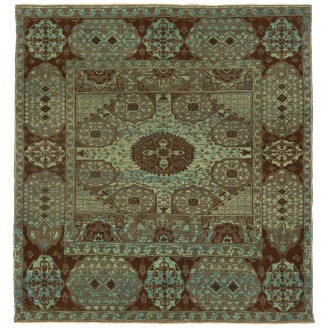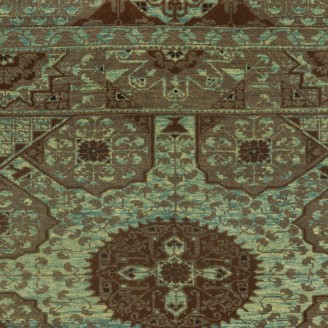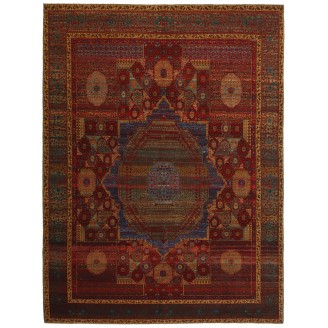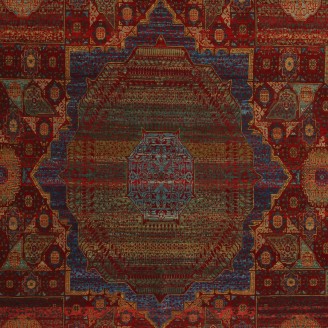Mamluk Rug with Large Octagon
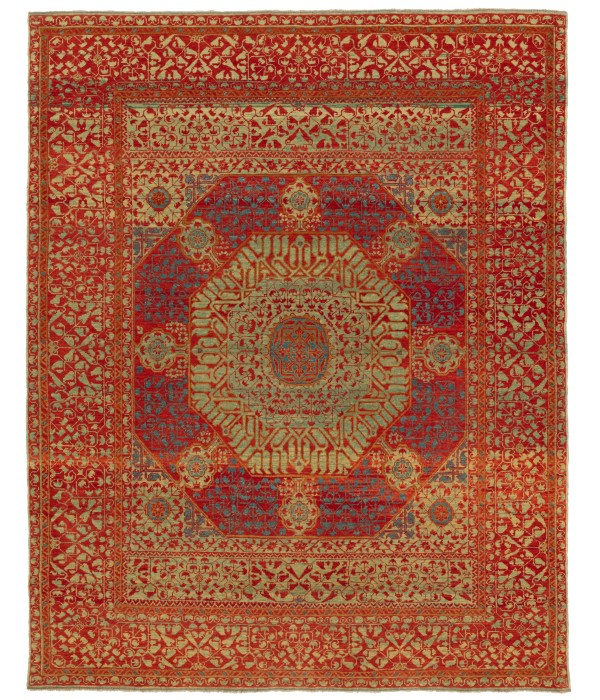
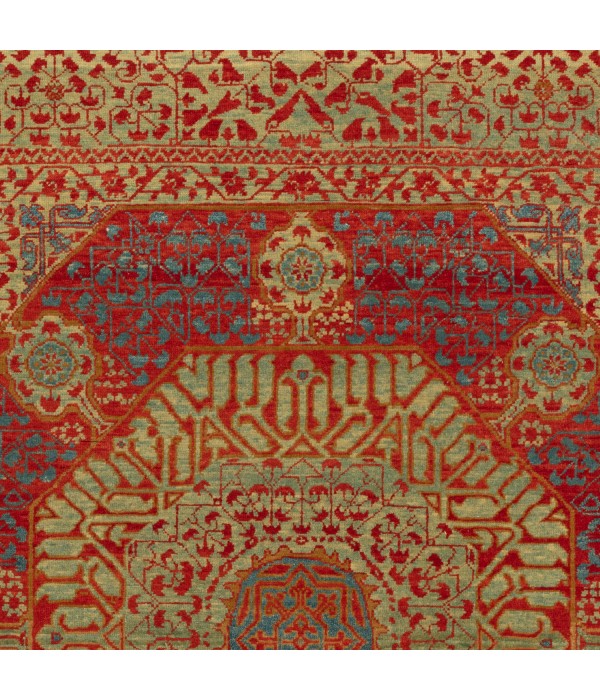
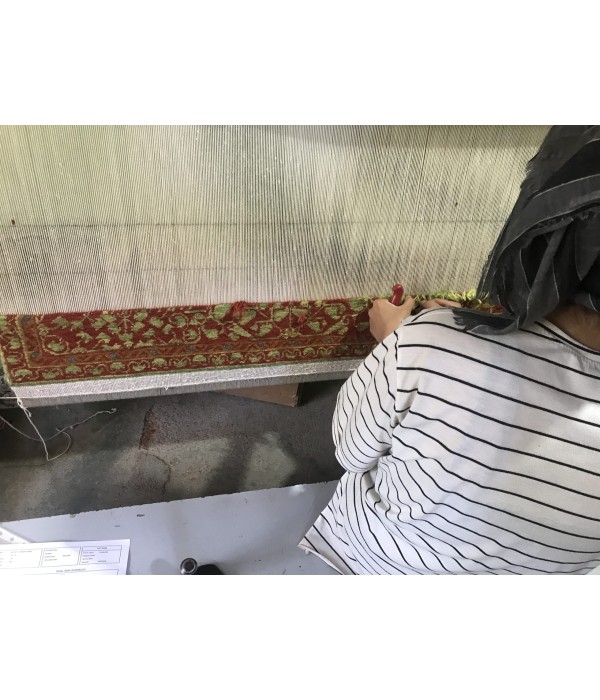
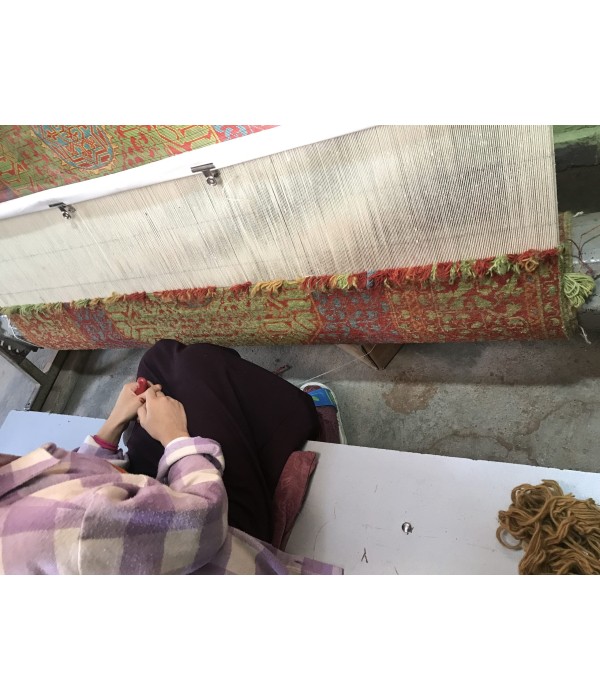
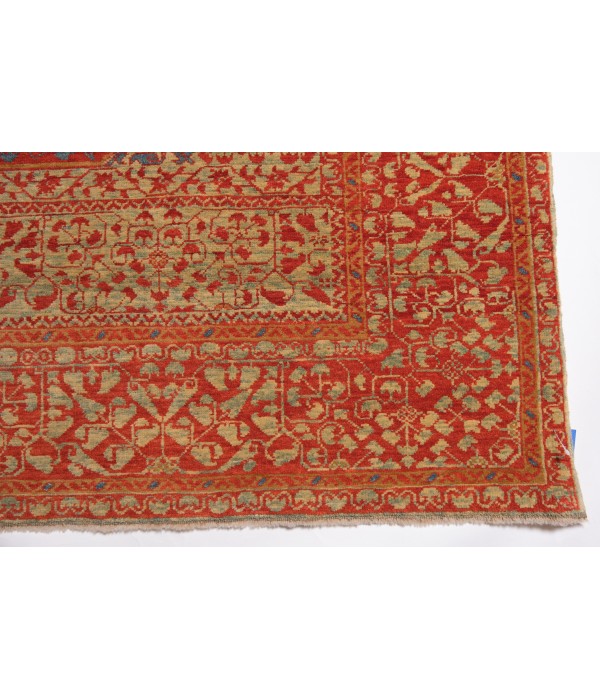
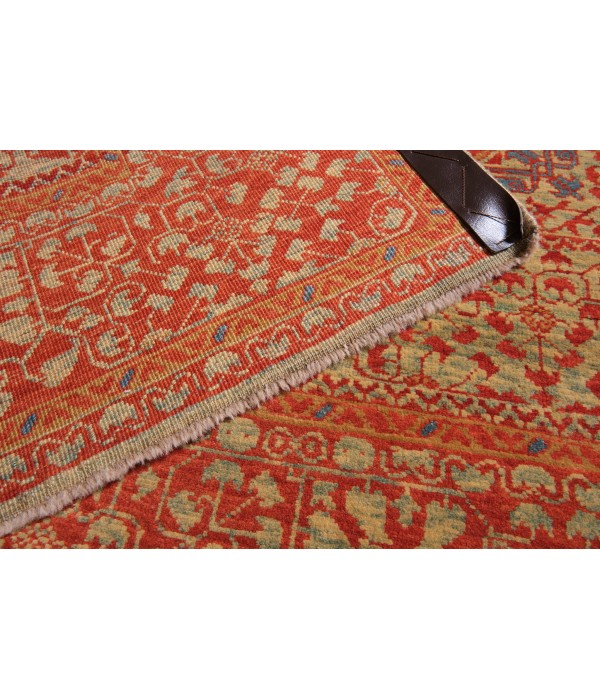
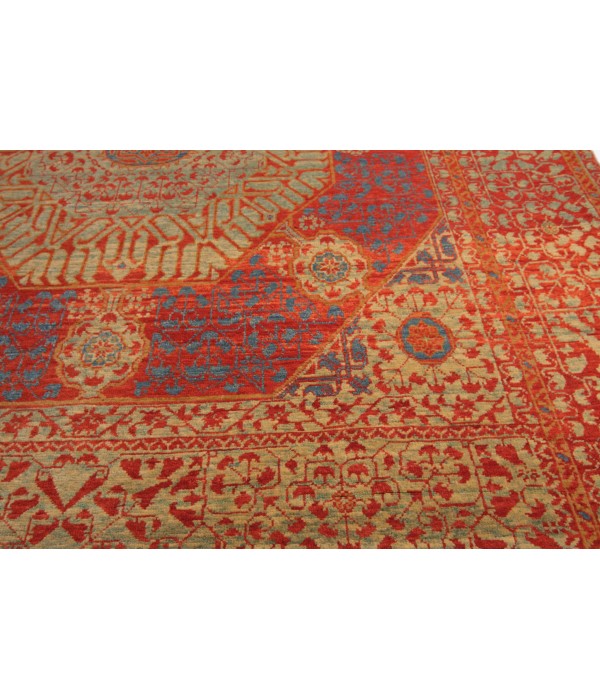
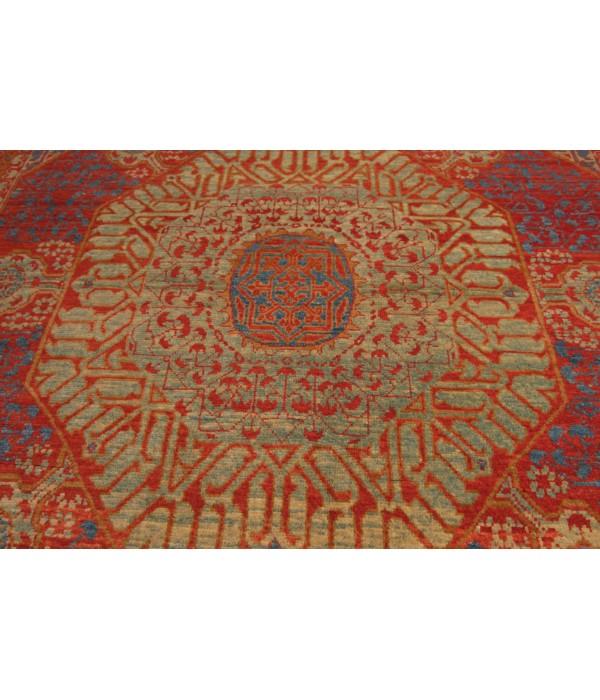

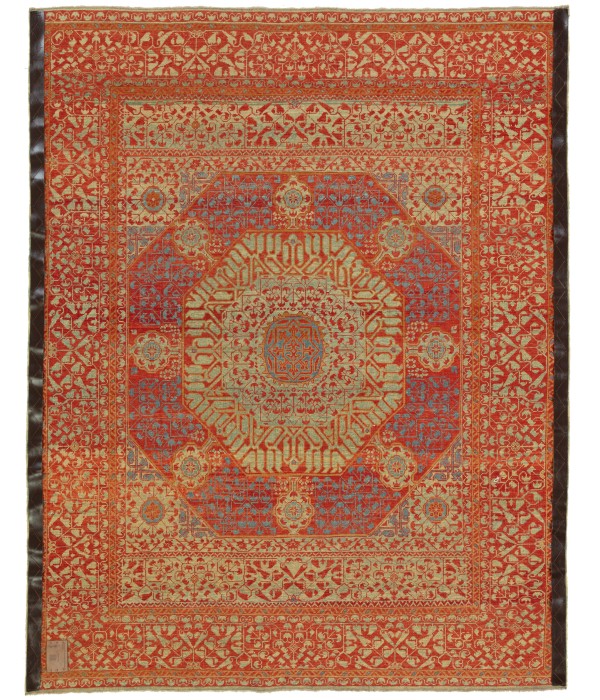
Out Of Stock
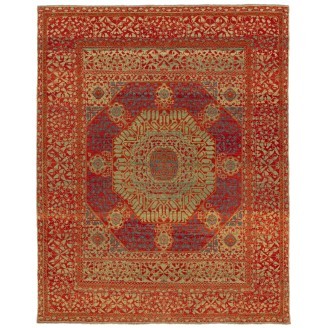
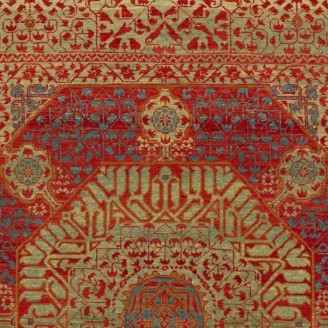
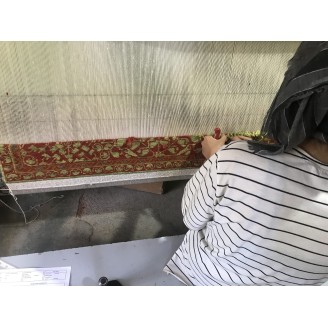
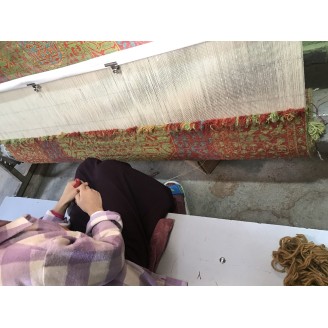
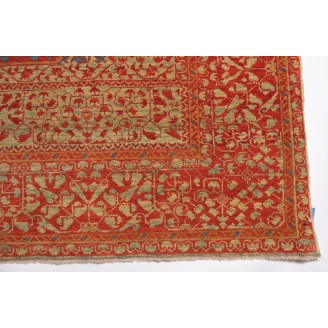
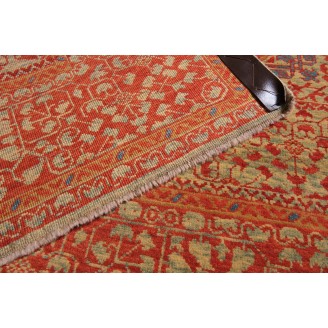
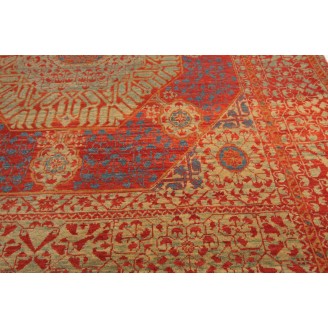
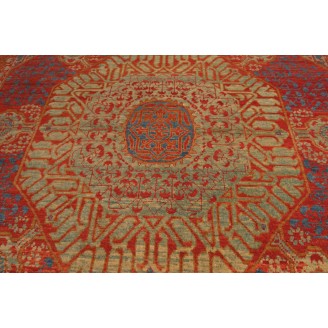
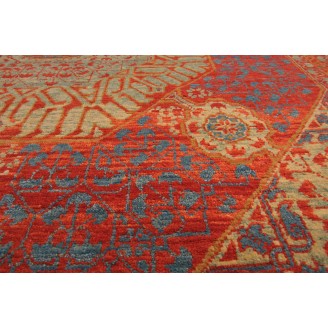
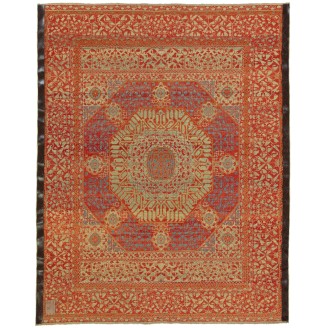
Model: ART00564Mamluk Rug with Large Octagon
Group: Islamic Rugs Family
Area: Mamluk
Material of Pile: Natural Dyed Hand-spun Wool
Material Warp / Weft: Wool on Wool
Structure: Symmetrical knot on depressed warp inclining to the right
Knots Density: 39x39
Pile (mm): 4
Production Place: DERVİŞ HASAN
Pattern Code: MK 1077 155X200 AR0262
Weight: 10.60kg
Location: Tokyo
Stock: Out Of Stock
Dimensions:
The design source of the rug comes from the book Renaissance of Islam, Art of the Mamluks, Esin Atil, Smithsonian Institution Press, Washington D.C., 1981 nr.128. This rug with a large central octagon was designed in the early 16th-century rug by Mamluk Sultane of Cairo, Egypt. It is exhibited at the Washington D.C. The Textile Museum, R.16.2.8. This example represents a stylistic development in the almost square Mamluk rug with a tripartite field and wide border. The rectangular bands above and below the central unit are narrower (one-sixth the height of the central unit) and create a slightly elongated center in contrast to the square format seen earlier; the border has a continuous pattern, which disregards the compartmentalized design. This features together with the addition of ivory and yellow to the traditional red, green, and blue-suggest that the rug is later in date than the others. However, the employment of a concentric octagon as the main theme and the abundant use of floral motifs based on papyrus plants are traditional and follow the stylistic and decorative features of Mamluk rugs. The nearly square central unit is almost completely covered by a large octagon with blue papyrus sprays on red ground. In the center of each side is an eight-lobed medallion attached by a stem to an inner octagon. This octagon, filled with green lancet leaves on a red ground, encloses another identical element, decorated with red papyrus motifs on a green ground. Inside is a fourth octagon with an ivory medallion, its radiating flames rendered in yellow. In the center of the medallion is an eight-pointed star enclosing a minute octagon with a six-petaled rosette. The corner triangles have red papyrus sprays placed around octagonal units with yellow rosettes. Two scrolls of stylized lotus blossoms join the triangles at the top and bottom. The transverse bands have additional papyrus motifs intermingled with heart-shaped motifs, split leaves, and blossoms, rendered in red on green ground. A chevron band encircles the transverse bands; thin strips, filled with papyrus leaves, run vertically between the bands along the outer edges. The border, executed in blue with touches of yellow on a red ground, displays an enlarged version of the motifs used in the transverse bands. Floral scrolls adorn the double guard borders: one has a blue papyrus on a red ground, and the other shows blue and red leaves on a yellow ground. The dynamism of the radiating units, evolving from an ivory core enclosed by a golden halo, creates a kaleidoscopic effect with brilliantly colored rings unequaled in any rug tradition. The elements evolve from an almost microscopic core and increase in size as they move outward. A similar centrifugal force is observed in illuminations of the Koran and can be interpreted as having cosmic implications and symbolizing celestial light. The color scheme of this carpet recalls the red, blue, green, and yellow stained-glass windows that burst into jewellike tones when lit by sunlight. Light is also an important factor in Mamluk rugs, for their appearance and design change as the rays of the sun and flicker of oil lamps play upon their surfaces. The design of the rug is interpreted by our designers, and the most appropriate colors to match the original are used for this rug.
Color summary: 4 colors in total;
Color summary: 4 colors in total;
- Falu Red 416 (Madder Root)
- Pale Green 439 (Chamomile - Indigo)
- Sunray Color 405 (Henna)
- Dusty Turquoise 340 (Spurge - Madder Root - Indigo - Walnut Husk)
Dimensions:
5 ft 2 in x 6 ft 5 in ( 158cm x 197cm )
Price:
$6,500
Ex Tax: $6,500

